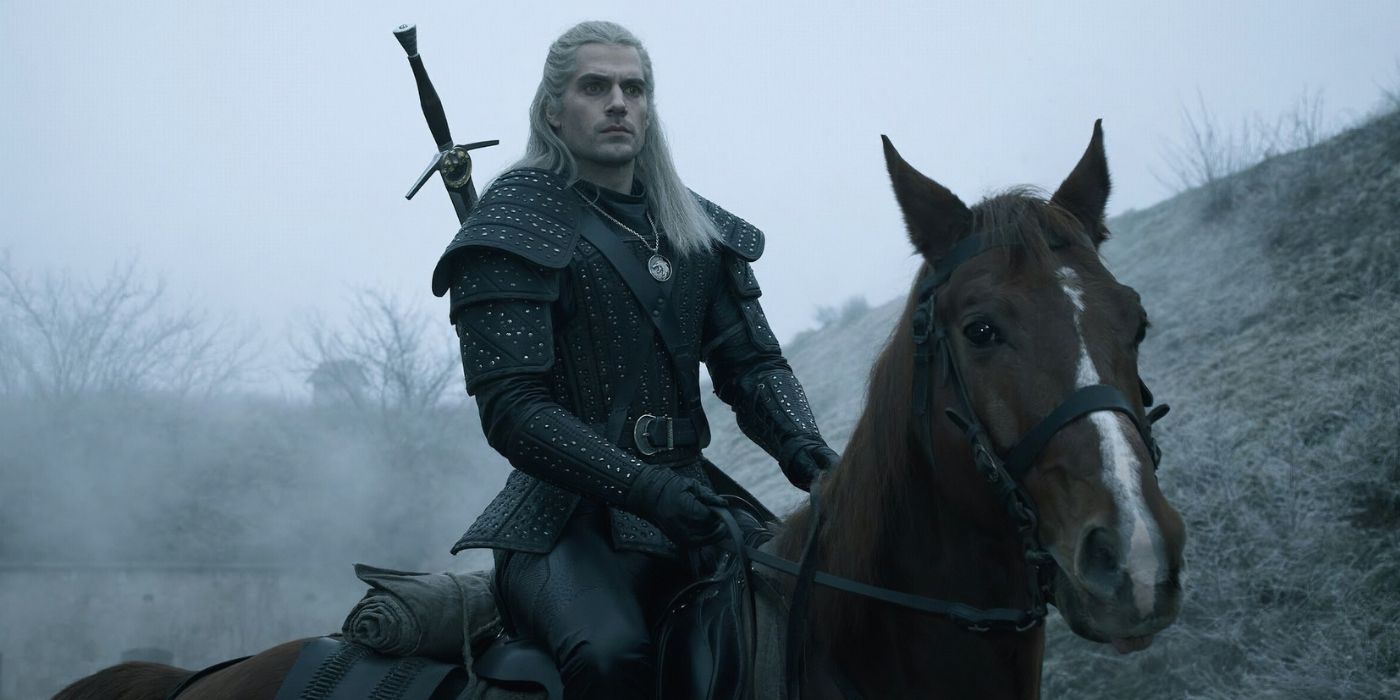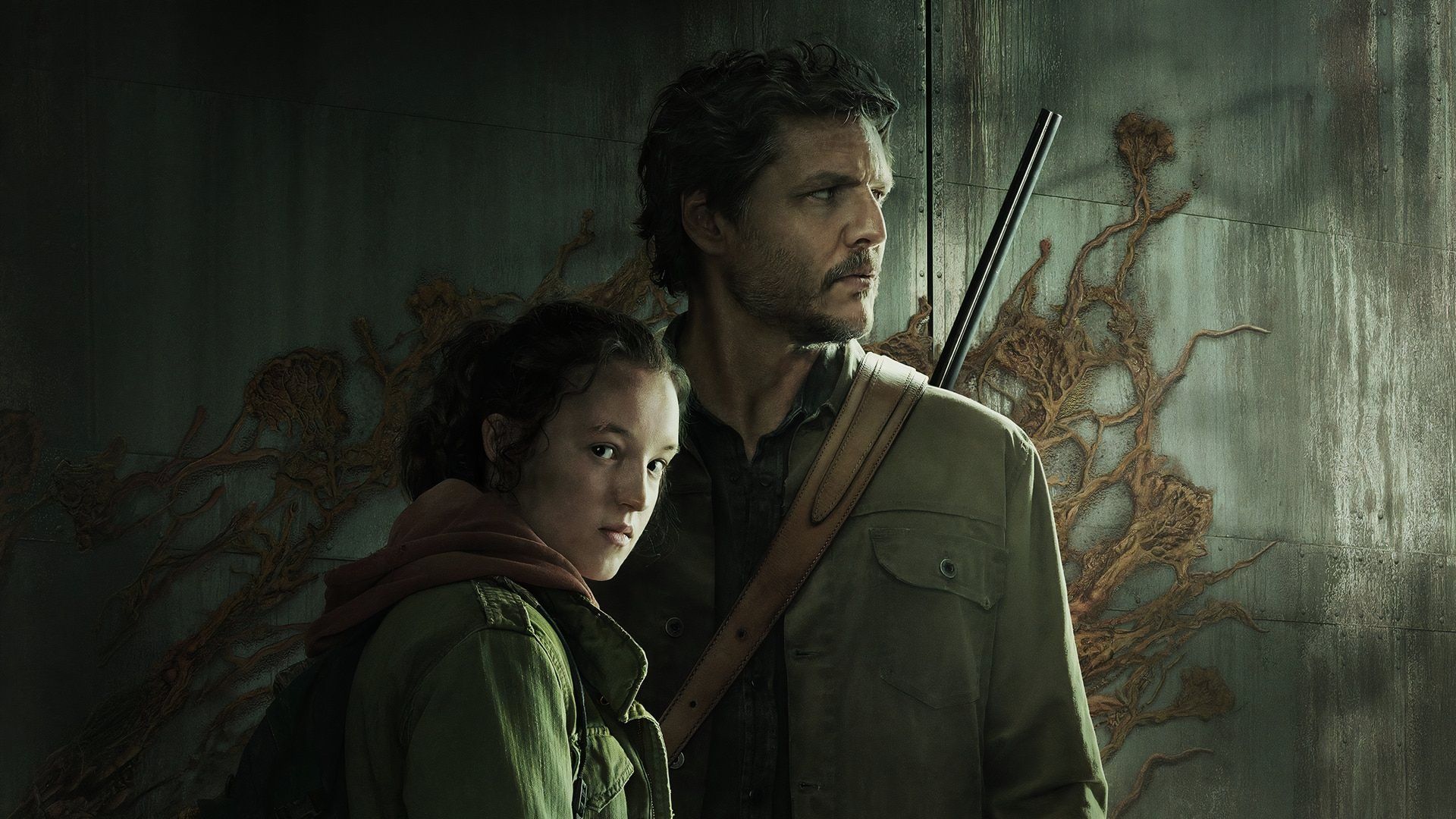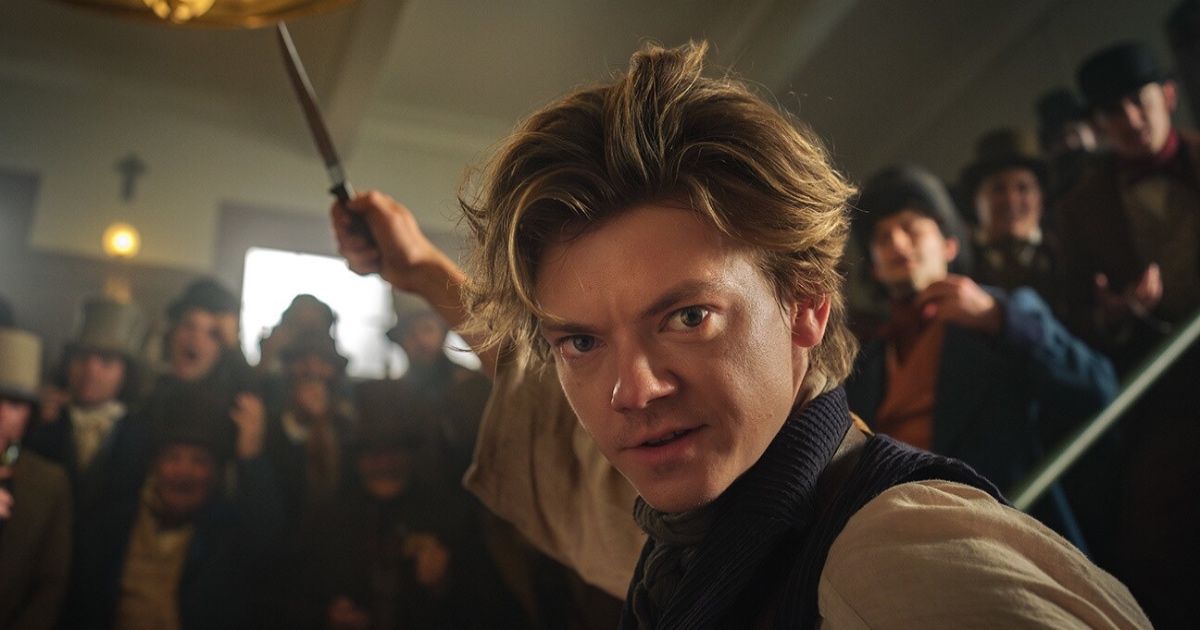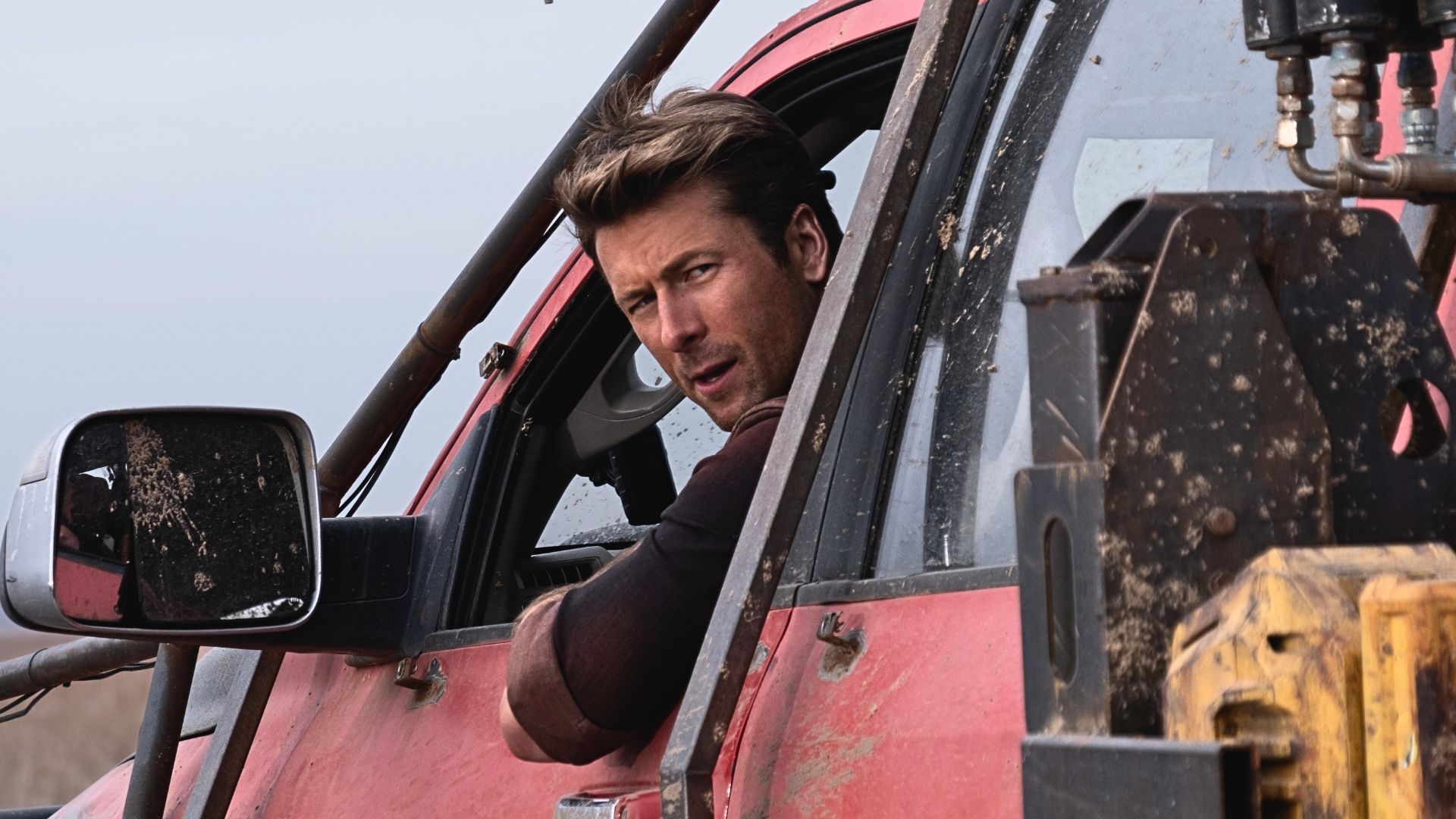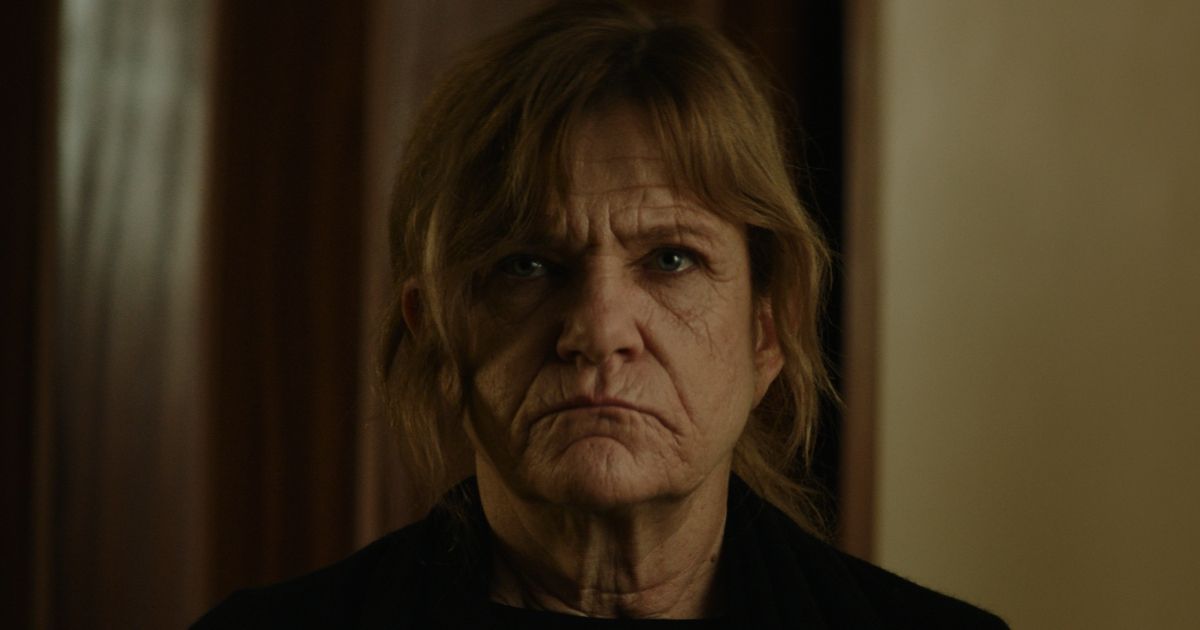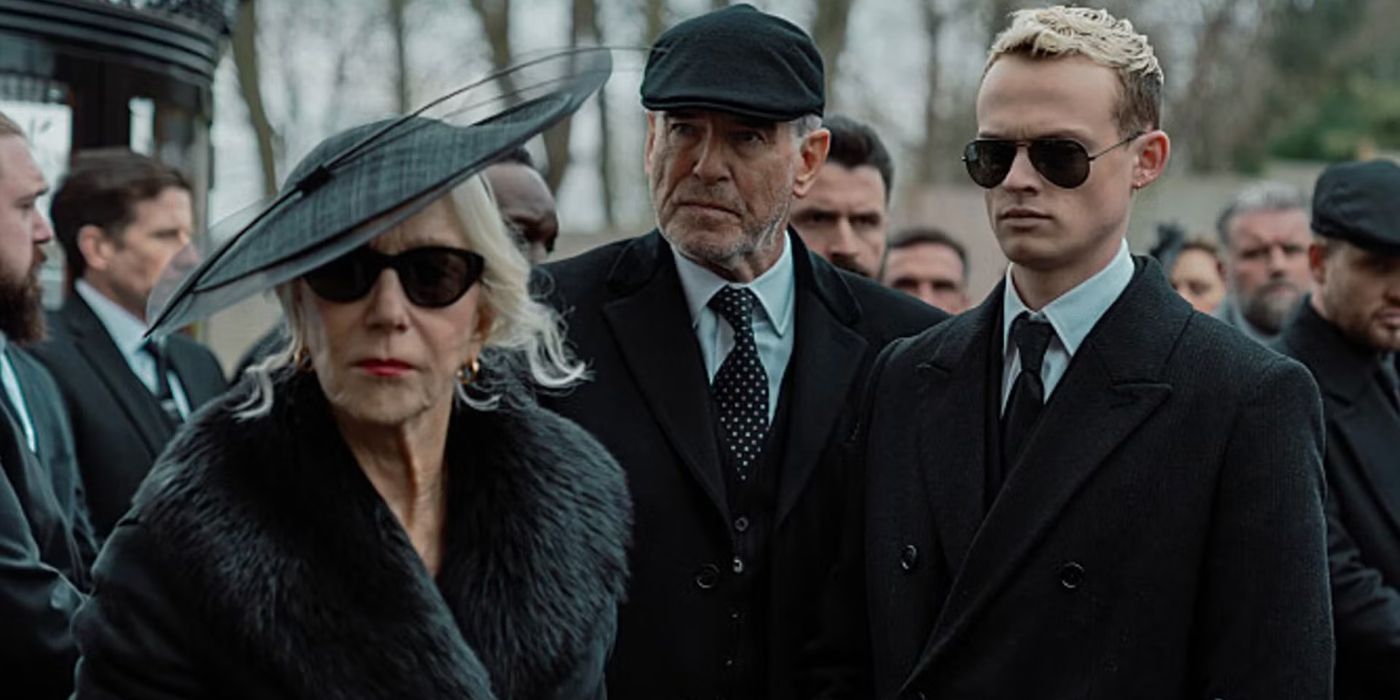More so than any other Ritchie film, you feel the presence of Evil in this one, in the capital-E, mythological or biblical sense, soul-rotting and innocence-killing, not “bad guy does bad things while laughing.” It’s not a horror film, but it’s horror-film adjacent. There’s even a shot from the point-of-view of a man in riot gear on a killing spree, his labored breathing amplified by plexiglas and rubber. You could show “Wrath of Man” as part of a double feature with Ritchie’s “Revolver.” In one, Statham plays a morally compromised character whose endangered soul might still be saved. In the other, he plays a man who’s so far past that point that the affront that triggers his rampage plays less as an inexplicable catastrophe than as karmic payback for the toxic energy he’s pumped into the world.
Composer Christopher Benstead backs the film’s prowling and plan-making with a minor-key, seven-note theme that would be perfect for shots of Godzilla’s dorsal fins cutting through waves. It’s a brilliant bit of scoring that expresses a truth about H better than dialogue could. When Ritchie cuts to helicopter shots of armored trucks and getaway vehicles driving from point A to point B, Benstead’s motif repeats with variations until it seems like an incantation summoning dark forces.
Ritchie’s direction suits the movie’s stripped-down, practically elemental energy. As is always the case in a Ritchie picture, there’s some magisterial cross-cutting (by James Herbert), but it never feels busy or showy; it’s more about the inevitability, fatefulness even, of the forces that these characters have unleashed. The final third is one of those tour-de-force adventures in heist exposition where the exposition and the heist are folded together, and the movie keeps cutting from toy vehicles on a diorama to real ones on the street.
But the most memorable scenes are shot rather plainly by Ritchie’s standards, often in a single take, the camera gliding from character to character as they move through spaces and talk. It’s fun to watch a maximalist pare back like this, keeping it simple except when he needs to be a wizard who’s everywhere at once.
The completeness and sureness of the movie’s aesthetic is a joy to behold, even when the images capture human beings doing savage things. You don’t really root for anyone in this film. They are criminals engaged in contests of will. But the film is not a value-neutral exercise. There is an undertone of lament to a lot of the violent action. Every character made their bed and must lie it. More often than not, it’s a deathbed.
Now playing in theaters.
You can view the original article HERE.


